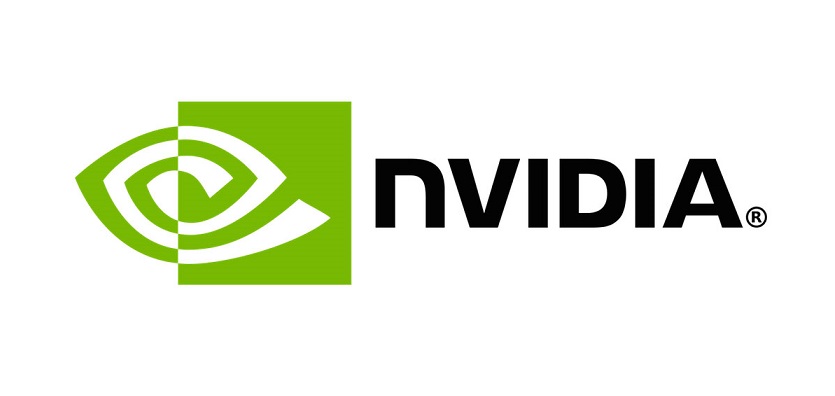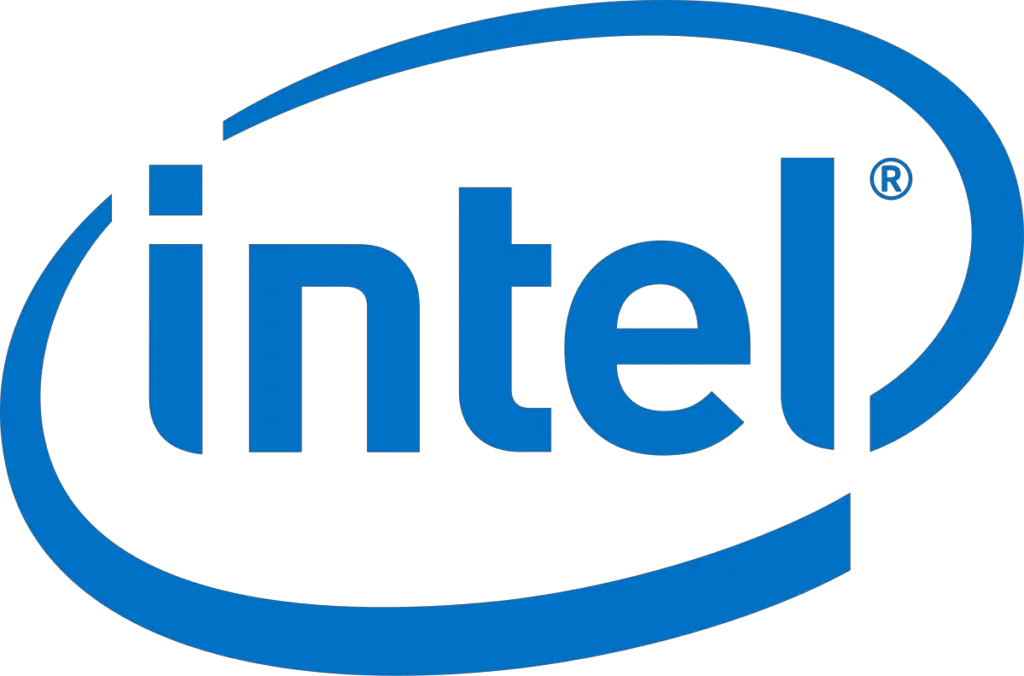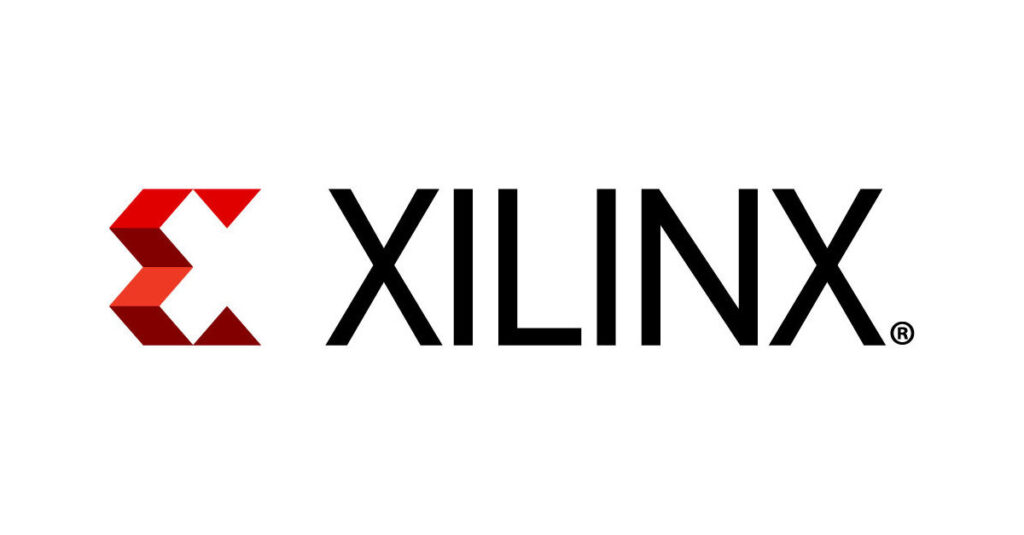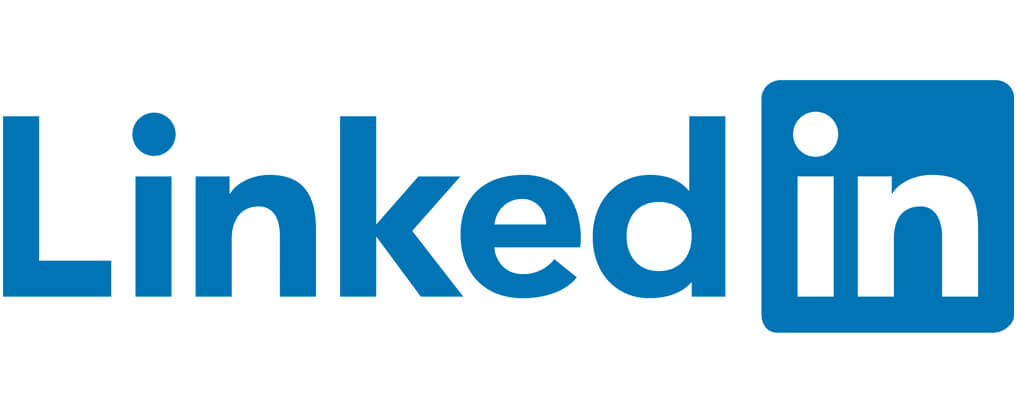Top 10 NVIDIA Competitors in 2023
The NVIDIA Corporation, simply called Nvidia, is a US-based technology company that focuses on producing graphic processing units (GPU) for gaming and business, and system on a chip (SoC) units for smartphones and cars. The company was founded in 1993 by a Taiwanese American, Jensen Huang. An interesting fact to note is that Huang previously worked for Advanced Micro Devices (AMD), a company that is one of Nvidia’s biggest competitors today.

In the early stages, Nvidia only focused on GPUs and SoCs, but as their popularity grew, they eventually entered the handheld gaming market with their very own offering, Shield Portable. The Shield series of devices were unique in the sense that they featured a fully-equipped joystick atop which a high-definition screen was fixed. On the other hand, Nintendo and Sony’s devices were more compact but less efficient for gaming.
| Name | NVIDIA Corporation |
| Founded | 1993 |
| Headquarters | Santa Clara, CA, US |
| SIC Code | 5734 |
| Status | Public, Independent, S&P 500 Component |
| Industry Sector | Video games, Semiconductors, and Computer hardware |
| Employees | 18,100 |
| Trading Symbol | Nasdaq: NVDA |
Nvidia graphics cards are all the rage among gamers today, but the company’s other offerings aren’t too far behind either. Their application programming interface (API) known as CUDA is widely used in several supercomputers on the globe. Their mobile computing brand, Tegra, is preferred by many smartphone developers and vehicle navigation manufacturers in the world. Did you know that they are also in the process of making the largest semiconductor acquisition, Arm Ltd. from SoftBank?
Given Nvidia’s product variety and popularity, you may think that it would barely have any competition. However, there are a number of other tech companies that are in direct competition with Nvidia’s products. Let us take a brief look at the top 10.
NVIDIA similar companies:
AMD, Intel, Qualcomm, Broadcom, Xilinx, Hewlett Packard, Asus, Ambarella, Renesas, Texas Instruments.
Who is Nvidia’s Biggest Competitor?
As you may have guessed, the biggest competitor of Nvidia is none other than Advanced Micro Devices (AMD). Based in the same city as Nvidia, Santa Clara, AMD is a direct competitor of Nvidia when it comes to GPUs and semiconductors. AMD is one of the oldest semiconductor companies in the world, with its incorporation in 1969 by Jerry Sanders. Apart from GPUs and semiconductors, the company also manufactures microprocessors, personal computers, and embedded system apps.
How Nvidia makes Money
Nvidia’s primary offering is its GeForce series of GPUs. Their line consists of products for all kinds of affordability. The name GeForce was chosen from a contest held in 1999 to name Nvidia’s next generation of graphic boards. It stands for ‘Geometry Force’. Apart from their gaming-specific chipsets, the company also produces GPUs for use in various other industries like architecture, media, and scientific research. Nvidia’s annual revenue stands at nearly $11 billion.
Industry – Device Hardware
Hardware for digital devices includes many parts, right from microprocessors to entire CPU units. As mentioned before, Nvidia’s core focus lies in developing GPUs for computers and gaming consoles. While GeForce, RTX (professional visual computing), NVS (business), and Tegra (mobile) are their primary offerings, their other products include Tesla (scientific), GRID (graphics visualization), Shield (handheld devices), and Drive (automotive).
Industry – Semiconductors and AI
This is the secondary industry in which Nvidia operates. The company’s semiconductor chips are world-class, and their advancements in Artificial Intelligence are worth noting. Nvidia’s DGX range of supercomputers has enabled data scientists to make great progress in AI. It is among the most sought-after gadgets in the world for professionals who are serious about deep learning. Other than supercomputers, Nvidia also produces handheld devices in their Shield line for gaming purposes.
Competitor – AMD

Ask any 10 hardcore gamers from anywhere on the planet – which GPU do you use? Nine of them will most probably answer with either Nvidia’s GeForce or AMD’s Radeon. These two products are indeed ruling the roost at the moment. But which brand holds the top spot? That is one tough question to answer. Once you conduct a bit of research on both Radeon and GeForce, analyze their features and technical specs, you will be hard put to pick one for your needs.
However, Radeon isn’t the only offering by AMD, as you may very well know. AMD is better known for its CPUs and microprocessors. Over the past decade or two, they have also started assembling entire PC units. AMD’s revenue is somewhere around $9.7 billion, a little lesser than that of Nvidia.
Industry – Semiconductors
From a consumer standpoint, AMD is best known for computer hardware and GPU. However, did you know the company is one of the leading producers of semiconductor devices? Their SoCs and motherboard chipsets are preferred by several high-end device manufacturers around the globe. Additionally, AMD produces network connectivity hardware, drivers, embedded processors, and even television accessories.
Competitor – Intel

Who doesn’t know about Intel? There was a time when almost every computer device on the planet carried its microprocessor chip after all! Gordon E. Moore (already popular for his Moore’s Law) founded Intel in 1968 in collaboration with a physicist, Robert Noyce. They didn’t come up with the Intel name right off the bat. For about a month or two, the name of their venture was NM Electronics (NM stood for Noyce and Moore).
Intel didn’t see much growth in the first decade, but its success took a turn for the better soon after Andy Grove took over the reins circa 1980. However, as the competition grew in the late ‘90s and early 2000s, Intel struggled to maintain its top spot, and its incessant rise and fall are apparent even today. Intel’s revenue of $77 billion is much higher than its competitors, nonetheless.
Industry – Semiconductors
Intel is the undisputed leader in the semiconductor market, and the company is almost always locking horns with AMD and Nvidia for the top spot. Intel’s current operations include desktop/laptop hardware, network hardware, flash memory, IoT, and programmable semiconductors.
Competitor – Qualcomm

Another highly popular brand to make it to this list is Qualcomm. Founded in 1985, Quality Communications (a long form of Qualcomm) has made it quite big in the telecom arena today. Indeed, the company has been making waves in the telecommunications and semiconductor industry since its inception. Its headquarters can be found in San Diego, CA. It generates a yearly revenue of about $23.5 billion.
Industry – Semiconductors
Qualcomm’s main area of expertise is telecom equipment, but it has a solid presence in the semiconductor industry as well. Its processors for smartphones and tablets are preferred by many manufacturers in the trade. Apart from that, its fabless manufacturing of semiconductors is also used in cars, watches, and network equipment.
Competitor – Broadcom

If Qualcomm is one of the competitors, then Broadcom has to be in the list. The services of both these companies are so similar. Broadcom was founded by a teacher-student duo in 1991. It took them four years to start making substantial profits. But that didn’t matter in the long run, for the company has a revenue of over $23 billion today! It is presently owned and operated by Avago Technologies, and its headquarters can be found in Irvine, CA.
Industry – Semiconductors
Broadcom covers a large area of the semiconductor market with its integrated circuits, gigabit Ethernet, and processors. The company also has a healthy presence in electronics. Its cable converter boxes, Wi-Fi connections, modems, switches, server farms, etc. are quite popular among the masses. And Broadcom’s top offering so far has to be the Voice over Internet Protocol (VoIP).
Competitor – Xilinx

Xilinx is primarily into the building of programmable logic devices (PLDs). The company’s foundation was laid in 1984 by James Barnett, Ross Freeman, and Bernie Vonderschmitt in Silicon Valley. There is an interesting bit of logic behind its nomenclature. The ‘Xi’ in Xilinx is associated with the symbol for silicon ‘Si’, the Xs at both ends denote logic blocks, and ‘linx’ in the middle is the link that connects those blocks. The company’s revenue of $3 billion is steadily growing every year.
Industry – Integrated Circuits
Xilinx has developed several ICs over the years, with each family of ICs having its very own set of features and upgrades. The company dispatches its products to any reputable business anywhere on the globe. Its other offerings include field-programmable gate arrays (FPGAs) and complex programmable logic devices (CPLDs).
Competitor – Hewlett Packard

Among the many famous names on this list is Hewlett Packard (HP). HP is wildly popular for its amazing set of computers and laptops. The company was founded in 1939. But there weren’t any computers back then, you may wonder. HP’s initial offerings included products in the electronics industry like audio oscillators and semiconductor devices. They also helped in WWII by working on counter-radar tech and artillery shell proximity fuzes.
Industry – Computer Hardware and Software
HP isn’t in direct competition with Nvidia since it uses the GeForce graphics cards in its devices. However, the two companies clash quite a bit in the gaming market. The thing is, gaming PCs have been at war with consoles since day one. And the on-and-off battle between HP’s gaming computers and laptops against Nvidia’s handheld consoles is no exception.
Competitor – Asus

ASUSTek Computer Inc., simply known as Asus, is a Taiwanese computer and electronics manufacturer that supplies internationally. Founded in 1989, it currently has its headquarters in Beitou District, Taipei, Taiwan. Statistics show that Asus is the fifth-largest PC manufacturer in the world. The company has nearly 6000 employees, led by Jonney Shih (Chairman) and Jonathan Tsang (Vice-Chairman).
Industry – Computer Hardware
Asus doesn’t simply assemble PCs; it manufactures most of its parts. Even the GPUs they use are homegrown, which makes them a direct competitor of Nvidia. The other products manufactured and sold by Asus include networking gadgets, smartphones, tablets, projectors, multimedia peripherals, etc.
Competitor – Ambarella

Ambarella, similar to the likes of Qualcomm and Broadcom, is a fabless semiconductor design firm. It was established in 2004 by Fermi Wang and Les Kohn. Its first offering was the HD-enabled H.264 video encoder. Just about a decade later, Ambarella acquired its Italian competitor, VisLabs. The company’s revenue of $228 million is much lesser than its other local competitors in the industry, but it has the potential to grow even more in the coming years.
Industry – Semiconductors
Embedded processors for cameras are Ambarella’s primary product. And it doesn’t mean only for dedicated cameras, but also for CCTVs, military cams, drones, sports cams, etc. The company’s other tech offerings include CVflow (computer vision), video encoders, edge design, and image processing.
Competitor – Renesas

When it comes to electronics and computer hardware, Japan is bound to be in the race. Renesas Electronics Corporation headquartered in Tokyo, Japan, was founded in 2002. For a better part of the initial decade, the company was called Renesas Technology. Its revenue is somewhere around $6 billion.
Industry – Semiconductors
Renesas is one of the biggest semiconductor manufacturers in the world. Did you know that it was once the sixth-largest producer? Even today, its semiconductor parts are preferred by several automotive manufacturers on the planet.
Competitor – Texas Instruments

Texas Instruments (TI) Incorporated is a US-based tech company that manufactures and sells semiconductors and ICs. It was founded in 1930 as Geophysical Service Inc., later changing its name to TI in 1951. The company is headquartered in Dallas, TX, with annual revenue of more than $14 billion.
Industry – Semiconductors
The semiconductors that TI designs are sold to several manufacturers around the world. The company is also known for its digital light processing technology.
Conclusion:
The Top 10 Nvidia Competitors: AMD, Intel, Qualcomm, Broadcom, Xilinx, Hewlett Packard, Asus, Ambarella, Renesas, Texas Instruments. All in all, they contribute over $235 billion to the semiconductors and computer hardware industries. They have also employed more than 317,200 people internationally.
Competitor Stats:
| Name | Founded | Headquarters | Employees |
| AMD | 1969 | Santa Clara, CA, US | 12,600 |
| Intel | 1968 | Santa Clara, CA, US | 110,600 |
| Qualcomm | 1985 | San Diego, CA, US | 41,000 |
| Broadcom | 1991 | Irvine, CA, US | 21,000 |
| Xilinx | 1984 | San Jose, CA, US | 4891 |
| HP | 1939 | Palo Alto, CA, US | 53,000 |
| Asus | 1989 | Taipei, Taiwan | 5892 |
| Ambarella | 2004 | Santa Clara, CA, US | 750 |
| Renesas | 2002 | Tokyo, Japan | 19,546 |
| Texas Instruments | 1930 | Dallas, TX, US | 29,888 |


